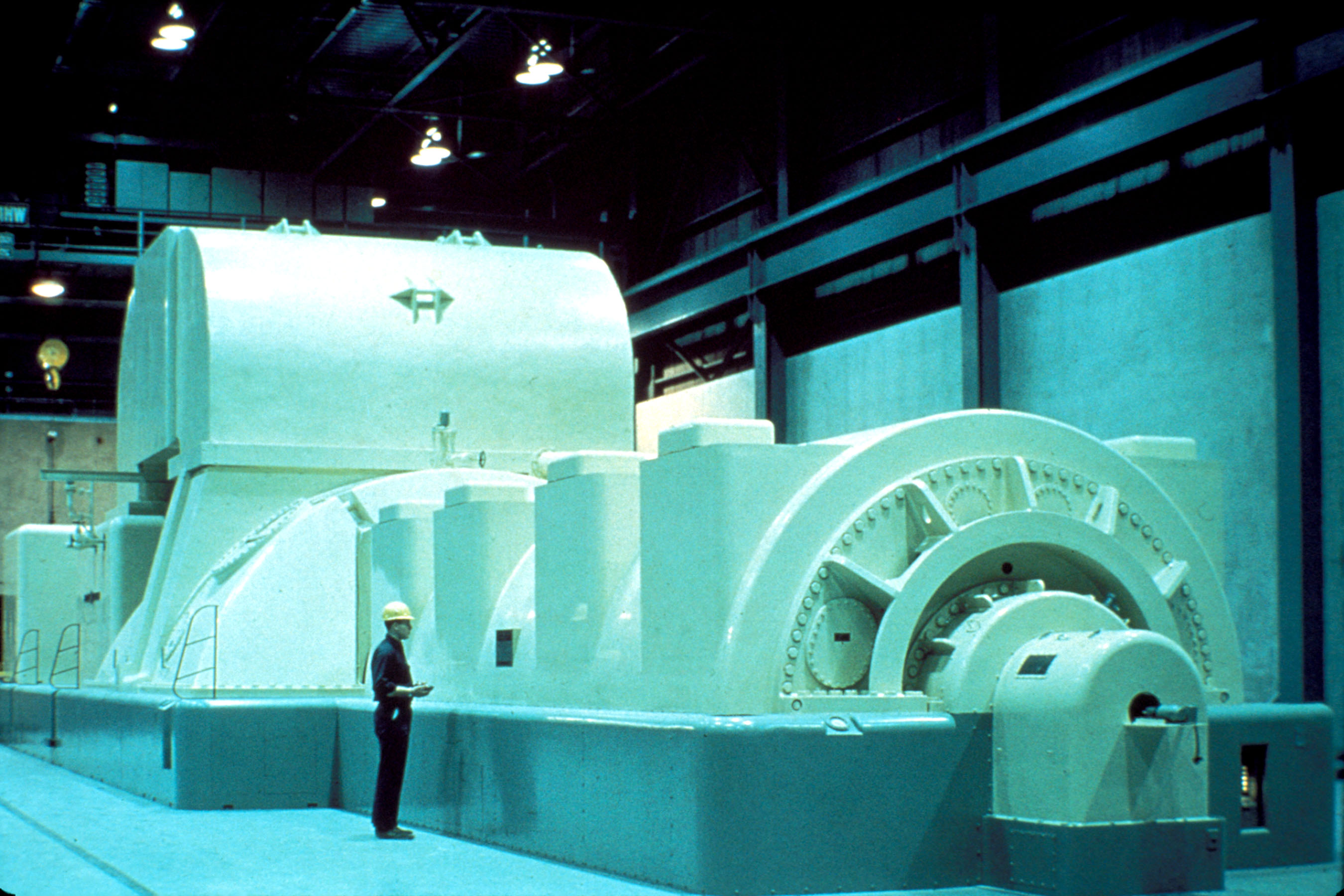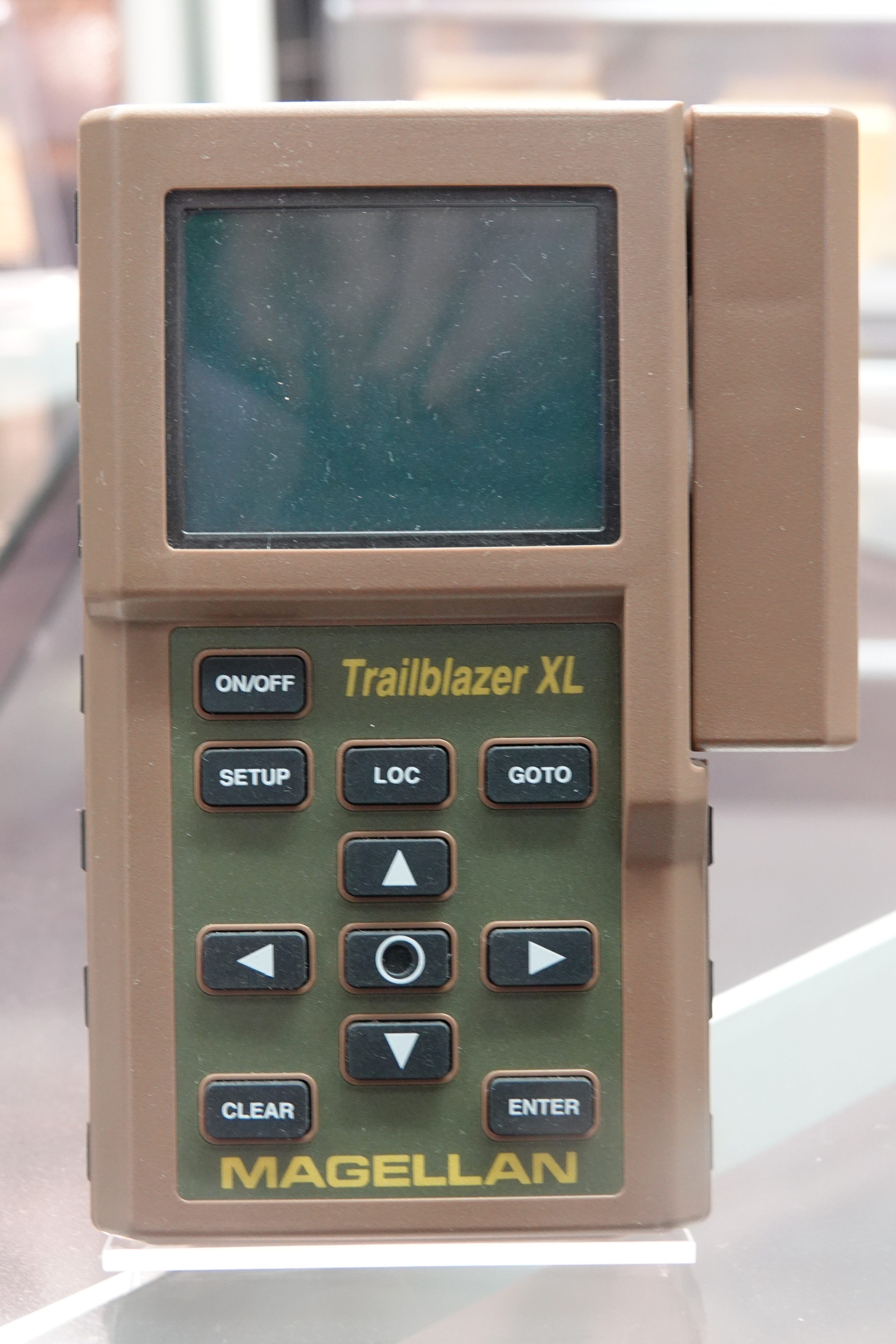|
Bottle Dynamo
A bottle dynamo or sidewall dynamo is a small electrical generator for bicycles employed to power a bicycle's lights. The traditional bottle dynamo (pictured) is not actually a dynamo at all (which creates DC power), but a low-power magneto that generates AC. Newer models can include a rectifier to create DC output to charge batteries for electronic devices including cellphones or GPS receivers. Named after their resemblance to bottles, these generators are also called ''sidewall dynamos'' because they operate using a roller placed on the sidewall of a bicycle tire. When the bicycle is in motion and the dynamo roller is engaged, electricity is generated as the tire spins the roller. Two other dynamo systems used on bicycles are hub dynamos and bottom bracket dynamos. Advantages over hub dynamos ;No extra resistance when disengaged: When engaged, a dynamo requires the bicycle rider to exert more effort to maintain a given speed than would otherwise be necessary when the dynamo ... [...More Info...] [...Related Items...] OR: [Wikipedia] [Google] [Baidu] |
Bicycle Tire
A bicycle tire is a tire that fits on the Bicycle wheel, wheel of a bicycle or similar vehicle. These tires may also be used on tricycles, wheelchairs, and handcycles, frequently for Wheelchair racing, racing. Bicycle tires provide an important source of Bicycle suspension, suspension, generate the lateral forces necessary for Bicycle and motorcycle dynamics#Balance, balancing and Bicycle and motorcycle dynamics#Turning, turning, and generate the longitudinal forces necessary for Vehicle propulsion, propulsion and Bicycle brake systems, braking. Although the use of a pneumatic tire greatly reduces rolling resistance compared to the use of a rigid wheel or solid tire, the tires are still typically, the second largest source, after Drag (physics), wind resistance (air drag), of power consumption on a level road. The modern detachable pneumatic bicycle tire contributed to the popularity and eventual dominance of the safety bicycle. Bicycle tires are also used on unicycles, tricy ... [...More Info...] [...Related Items...] OR: [Wikipedia] [Google] [Baidu] |
Electrical Generators
In electricity generation, a generator is a device that converts motive power (mechanical energy) or fuel-based power (chemical energy) into electric power for use in an external circuit. Sources of mechanical energy include steam turbines, gas turbines, water turbines, internal combustion engines, wind turbines and even hand cranks. The first electromagnetic generator, the Faraday disk, was invented in 1831 by British scientist Michael Faraday. Generators provide nearly all of the power for electric power grids. In addition to electromechanical designs, photovoltaic and fuel cell powered generators utilize solar power and hydrogen-based fuels, respectively, to generate electrical output. The reverse conversion of electrical energy into mechanical energy is done by an electric motor, and motors and generators have many similarities. Many motors can be mechanically driven to generate electricity; frequently they make acceptable manual generators. Terminology Electromagnetic ... [...More Info...] [...Related Items...] OR: [Wikipedia] [Google] [Baidu] |
Bicycle Lighting
Bicycle lighting is illumination attached to bicycles whose purpose above all is, along with reflectors, to improve the visibility of the bicycle and its rider to other road users under circumstances of poor ambient illumination. A secondary purpose is to illuminate reflective materials such as cat's eyes and traffic signs. A third purpose may be to illuminate the roadway so that the rider can see the way ahead. Serving the latter purposes require much more luminous flux and thus more power. Many jurisdictions require one or more bicycle lights to be fitted to bicycles ridden at night — generally a white light in the front and a red light at the back, like with other vehicles. History Fire The earliest bicycle lamps were oil-fueled and started to be manufactured in 1876 for the Ordinary (High-Bicycle) and solid-tired tricycles. From 1896, acetylene gas lighting for bicycles started to be introduced and later in 1899, acetylene gas lamps for the motor-car became popular ... [...More Info...] [...Related Items...] OR: [Wikipedia] [Google] [Baidu] |
List Of Bicycle Parts
For other cycling related terms (besides parts) see Glossary of cycling. List of bicycle parts by alphabetic order: * Axle: as in the generic definition, a rod that serves to attach a wheel to a bicycle and provides support for bearings on which the wheel rotates. Also sometimes used to describe suspension components, for example a swing arm pivot axle * Bar ends: extensions at the end of straight handlebars to allow for multiple hand positions * Bar plugs or end caps: plugs for the ends of handlebars * Basket: cargo carrier * Bearing: a device that facilitates rotation by reducing friction * Bell: an audible device for warning pedestrians and other cyclists * Belt-drive: alternative to chain-drive * Bicycle brake cable: see Cable * Bottle cage: a holder for a water bottle * Bottom bracket: The bearing system that the pedals (and cranks) rotate around. Contains a spindle to which the crankset is attached and the bearings themselves. There is a bearing surface on the spindl ... [...More Info...] [...Related Items...] OR: [Wikipedia] [Google] [Baidu] |
Third-brush Dynamo
A third-brush dynamo was a type of dynamo, an electrical generator, formerly used for battery charging on motor vehicles. It was superseded, first by a two-brush dynamo equipped with an external voltage regulator, and later by an alternator. Construction As the name implies, the machine had three brushes in contact with the commutator. One was earthed to the frame of the vehicle and another was connected (through a reverse-current cut-out) to the live terminal of the vehicle's battery. The third was connected to the field winding of the dynamo. The other end of the field winding was connected to a switch which could be adjusted (by inserting or removing resistance) to give "low" or "high" charge. This switch was sometimes combined with the vehicle's light switch so that switching on the headlights simultaneously put the dynamo in high charge mode. Disadvantages The third-brush dynamo had the advantage of simplicity but, by modern standards, it gave poor voltage regulation ... [...More Info...] [...Related Items...] OR: [Wikipedia] [Google] [Baidu] |
Hub Dynamo
A hub dynamo is a small electrical generator built into the hub of a bicycle wheel that is usually used to power lights. Often the hub "dynamo" is not actually a dynamo, which creates DC, but a low-power magneto that creates AC. Most modern hub dynamos are regulated to 3 watts at 6 volts, although some will drive up to 6 watts at 12 volts. Models The market was largely pioneered by Sturmey-Archer with their Dynohub of the 1930s–1970s. This competed effectively with contemporaneous bottle dynamos and bottom-bracket generators, but the Dynohub was heavy with its steel housing and was discontinued in the 1980s. Around 2009, Sturmey-Archer released new hub dynamo/drum brake units with an aluminum housing, designated X-FDD and XL-FDD. The Schmidt Original Nabendynamo (SON) can power two 6-volt lamps in series at speeds above about , and Schmidt manufactures lamps designed to facilitate this. These lamps have optics based on the ''Bisy FL'' road lights. The efficiency of ... [...More Info...] [...Related Items...] OR: [Wikipedia] [Google] [Baidu] |
Bicycle Dynamo
Bicycle lighting is illumination attached to bicycles whose purpose above all is, along with reflectors, to improve the visibility of the bicycle and its rider to other road users under circumstances of poor ambient illumination. A secondary purpose is to illuminate reflective materials such as cat's eyes and traffic signs. A third purpose may be to illuminate the roadway so that the rider can see the way ahead. Serving the latter purposes require much more luminous flux and thus more power. Many jurisdictions require one or more bicycle lights to be fitted to bicycles ridden at night — generally a white light in the front and a red light at the back, like with other vehicles. History Fire The earliest bicycle lamps were oil-fueled and started to be manufactured in 1876 for the Ordinary (High-Bicycle) and solid-tired tricycles. From 1896, acetylene gas lighting for bicycles started to be introduced and later in 1899, acetylene gas lamps for the motor-car became popular. ... [...More Info...] [...Related Items...] OR: [Wikipedia] [Google] [Baidu] |
Wheel
A wheel is a circular component that is intended to rotate on an axle bearing. The wheel is one of the key components of the wheel and axle which is one of the six simple machines. Wheels, in conjunction with axles, allow heavy objects to be moved easily facilitating movement or transportation while supporting a load, or performing labor in machines. Wheels are also used for other purposes, such as a ship's wheel, steering wheel, potter's wheel, and flywheel. Common examples are found in transport applications. A wheel reduces friction by facilitating motion by rolling together with the use of axles. In order for wheels to rotate, a moment needs to be applied to the wheel about its axis, either by way of gravity or by the application of another external force or torque. Using the wheel, Sumerians invented a device that spins clay as a potter shapes it into the desired object. Terminology The English word '' wheel'' comes from the Old English word , from Proto-Germanic ... [...More Info...] [...Related Items...] OR: [Wikipedia] [Google] [Baidu] |
Hub Dynamo
A hub dynamo is a small electrical generator built into the hub of a bicycle wheel that is usually used to power lights. Often the hub "dynamo" is not actually a dynamo, which creates DC, but a low-power magneto that creates AC. Most modern hub dynamos are regulated to 3 watts at 6 volts, although some will drive up to 6 watts at 12 volts. Models The market was largely pioneered by Sturmey-Archer with their Dynohub of the 1930s–1970s. This competed effectively with contemporaneous bottle dynamos and bottom-bracket generators, but the Dynohub was heavy with its steel housing and was discontinued in the 1980s. Around 2009, Sturmey-Archer released new hub dynamo/drum brake units with an aluminum housing, designated X-FDD and XL-FDD. The Schmidt Original Nabendynamo (SON) can power two 6-volt lamps in series at speeds above about , and Schmidt manufactures lamps designed to facilitate this. These lamps have optics based on the ''Bisy FL'' road lights. The efficiency of ... [...More Info...] [...Related Items...] OR: [Wikipedia] [Google] [Baidu] |
GPS Receiver
A satellite navigation device (satnav device) is a user equipment that uses one or more of several global navigation satellite systems (GNSS) to calculate the device's geographical position and provide navigational advice. Depending on the software used, the satnav device may display the position on a map, as geographic coordinates, or may offer routing directions. As of September 2020, there were four operational GNSS systems, the original United States' Global Positioning System (GPS), the European Union's Galileo, Russia's GLONASS, and China's BeiDou Navigation Satellite System. The Indian Regional Navigation Satellite System (IRNSS) will follow and Japan's Quasi-Zenith Satellite System ( QZSS) scheduled for 2023 will augment the accuracy of a number of GNSS. A satellite navigation device can retrieve location and time information from one or more GNSS systems in all weather conditions, anywhere on or near the Earth's surface. Satnav reception requires an unobstr ... [...More Info...] [...Related Items...] OR: [Wikipedia] [Google] [Baidu] |




.jpg)

